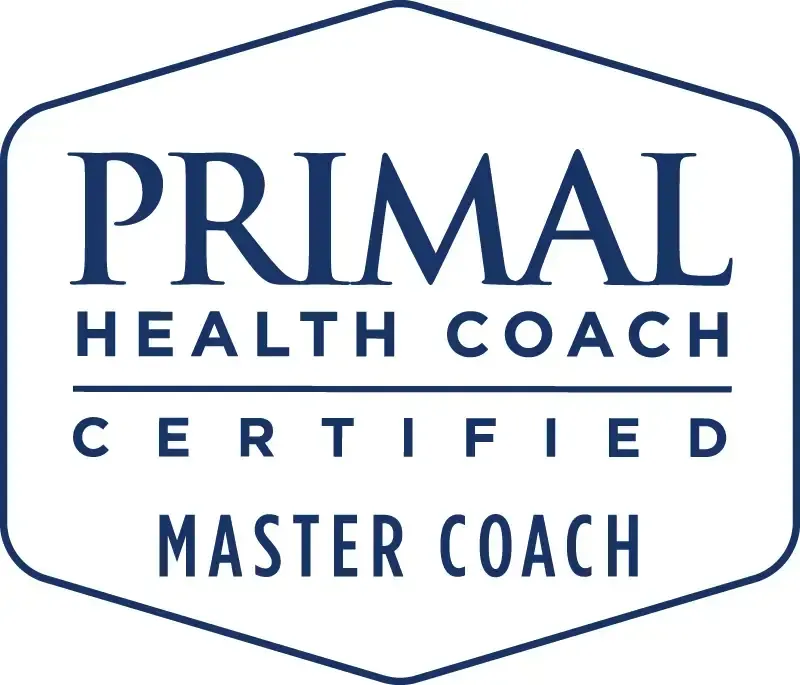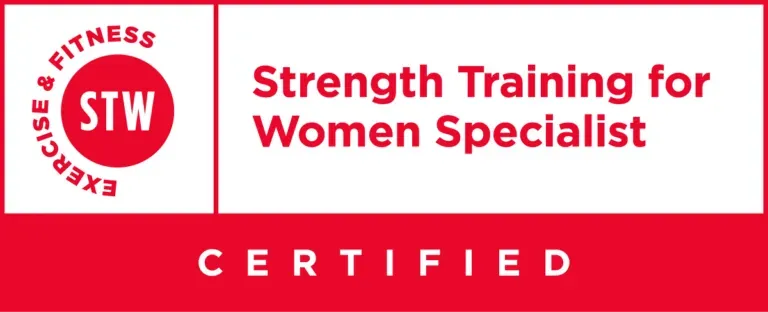
Muscle vs Fat: What Really Matters for Your Health?
We’ve all heard it: “Lose weight to be healthy.” But what if we’ve been aiming at the wrong target?
It turns out, being strong—not just light—is a far more reliable predictor of health, longevity, and disease resistance. And I’m not talking about jacked bodybuilders. I’m talking about real, usable strength. The kind of strength that lets you carry your kids up a hill, lift your own shopping bags, and weather stress without breaking.
Why Muscle Mass Matters More Than You Think
Muscle isn’t just for aesthetics or athletes. It’s biologically active tissue that protects you from the inside out. And study after study shows that higher muscle mass is linked to:
One large cohort study found that low muscle mass is associated with a significantly higher risk of death—even when body fat levels were similar¹. Another showed that muscle quality (not just size, but density and function) was a better predictor of mobility and survival than fat levels in older men².
In plain terms? You could be “normal weight” and still at risk if you’re under-muscled.
What About Body Fat?
Yes—excess body fat, especially around the organs (visceral fat), absolutely does increase the risk of heart disease, metabolic dysfunction, and some cancers⁴⁶. But here’s the rub: losing weight without preserving or gaining muscle can actually make your health worse.
Muscle is your metabolic engine. Lose it, and your body becomes less efficient, more inflamed, and more prone to rebounds and crashes.
This is especially true for parents, midlife women, and anyone under chronic stress—i.e., most of the people I coach. Stress hormones already break down muscle. Crash diets just accelerate the decline.
The Fat-to-Muscle Ratio (FMR): A Better Metric
Enter the fat-to-muscle ratio (FMR). Researchers are finding that this simple comparison between how much fat and how much muscle you carry may tell us more than your weight or BMI ever could.
A high FMR is linked with:
Bottom line: even if your weight looks “fine” on paper, if you’ve lost muscle or gained fat, your internal health may be struggling.
Can You Build Muscle and Lose Fat at the Same Time?
Yes. It’s called body recomposition, and while it's not always easy, it's entirely doable—especially with strength training, protein-rich eating, and a stable circadian rhythm.
A 2020 review confirmed that trained individuals can gain muscle while losing fat simultaneously, with improvements in metabolic health and body composition⁹. No crash diets. No hours of cardio. Just progressive movement, protein, and patience.
What This Means for You
If your health goals have been scale-focused—"I just need to lose weight"—it might be time to zoom out.
Focus on building muscle. It will:
But more than that—it’ll give you back a sense of agency. Physical capability. A body that works with you, not against you.
At Whole Life Health, we help you build this foundation—not through restriction, but by aligning with what your body evolved to expect: lifting, moving, eating well, and recovering with intention.
Because health isn't about shrinking. It’s about expanding what’s possible.
FAQs:
1. Is gaining muscle safe for kids and teens?
Yes—they's look like pretty odd adults if they grew everything else but muscle. Done right (think broad ranging physical activity of all types) it helps them grow stronger, more coordinated, and more confident.
2. If my child is slim but inactive, should I worry?
Yes. Being “slim” doesn’t always mean healthy. Kids who move less and are less heavy might have lower energy, poor coordination, and higher long-term risk of health issues—even if they look fine on the outside. Focus on what they can do, not just how they look.
3. Does muscle weigh more than fat? Why does the scale not always move even as bodies change?
Muscle is denser than fat. That means you can get stronger, leaner, and healthier without seeing much change on the scale. If your clothes fit better, your energy’s up, and you feel more capable—that’s the real progress.
4. How should a family measure body composition, not just BMI?
Skip the numbers. Check the mirror and then ask: can you and your kids do push-ups, squat well, climb trees, lift heavy things, and sprint after a frisbee without blowing a hamstring? That tells you way more than a BMI chart ever will.
5. How can families support healthy muscle and fat balance at home?
Keep it simple:
Prioritise sleep, limit screens, and build routines.
Lead by example. Your kids don’t need perfection—they need a pattern to follow.
References
Abramowitz, M. et al. (2018). Muscle mass, BMI, and mortality among adults in the United States: A population-based cohort study. PLoS ONE. https://doi.org/10.1371/journal.pone.0194697
Orwoll, E. et al. (2021). CT muscle density, D3Cr muscle mass and body fat associations with physical performance, mobility outcomes and mortality risk in older men. J Gerontol A Biol Sci Med Sci. https://doi.org/10.1093/gerona/glab266
Haines, M. et al. (2022). Association between muscle mass and diabetes prevalence independent of body fat distribution in adults under 50 years old. Nutr Diabetes. https://doi.org/10.1038/s41387-022-00204-4
Aduse-Poku, L. et al. (2023). Associations of total body fat mass and skeletal muscle index with all-cause and cancer-specific mortality in cancer survivors. Cancers. https://doi.org/10.3390/cancers15041081
Wang, Y. et al. (2022). Body fat and muscle associated with metabolically unhealthy phenotypes in normal weight and overweight/obesity in Yi people. Front Public Health. https://doi.org/10.3389/fpubh.2022.1020457
Knowles, R. et al. (2021). Skeletal muscle mass and fat mass with incident CVD and all-cause mortality. J Am Heart Assoc. https://doi.org/10.1161/JAHA.120.019337
Xu, M. et al. (2024). Fat-to-muscle ratio and cause-specific mortality in men and women. J Clin Endocrinol Metab. https://doi.org/10.1210/clinem/dgae595
Liu, D. et al. (2021). Fat-to-muscle ratio and metabolic disorders in type 2 diabetes. Diabetol Metab Syndr. https://doi.org/10.1186/s13098-021-00748-y
Barakat, C. et al. (2020). Body recomposition in trained individuals. Strength Cond J. https://doi.org/10.1519/SSC.0000000000000584









